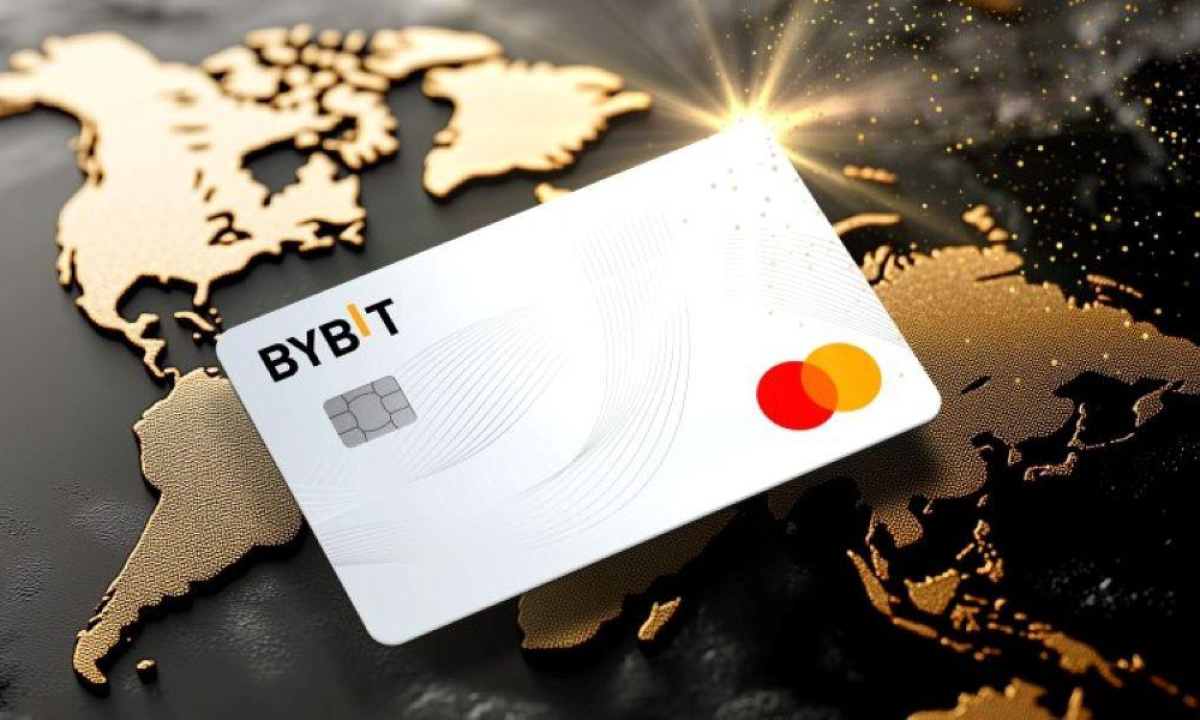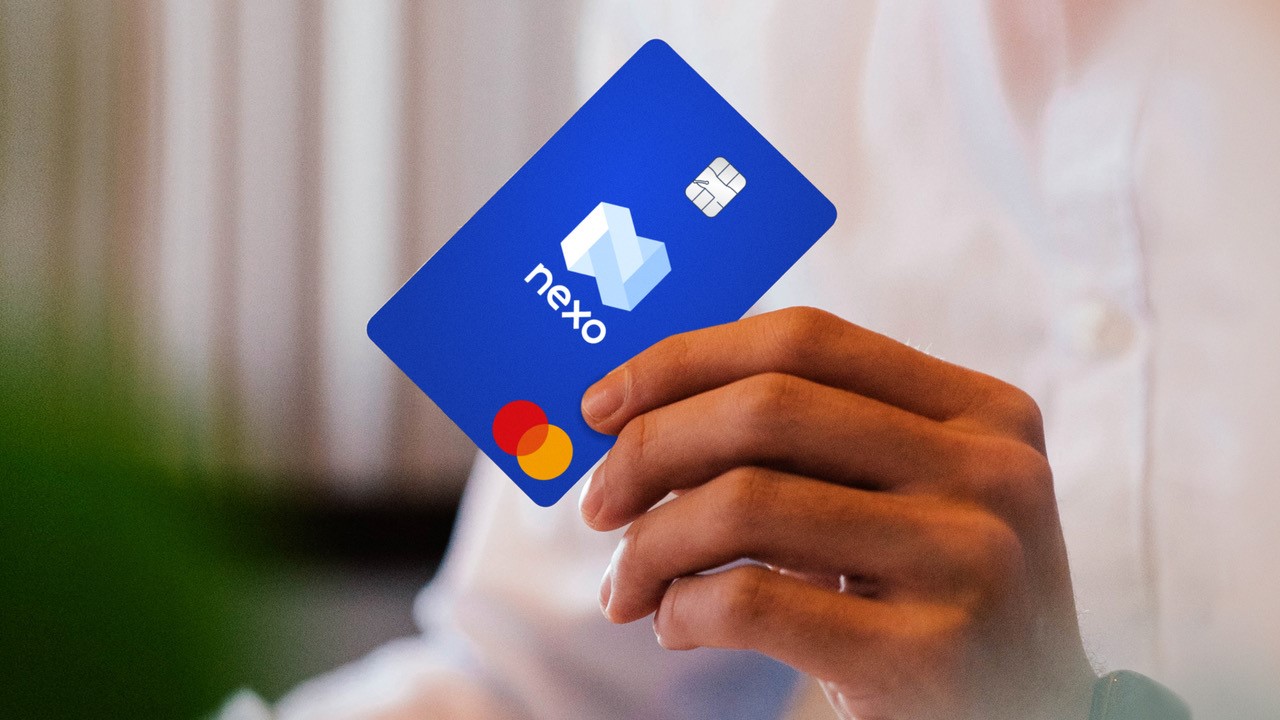In the rapidly evolving world of cryptocurrency, crypto cards have become an essential tool for those looking to spend their digital assets seamlessly in everyday life. Whether you’re a seasoned trader or just dipping your toes into crypto, choosing the right crypto card can make a significant difference in convenience, fees, and rewards. This guide dives into the BEST Crypto Cards for 2025, offering an in-depth comparison of the top five cards available globally, highlighting their features, fees, and incentives to help you make an informed decision.
Table of Contents
- Understanding Crypto Cards: How Do They Work?
- Key Factors to Consider When Choosing a Crypto Card
- 1. Bybit Crypto Card: Best for Low Fees and VIP Benefits
- 2. Coinbase Card: Simple but High Fees
- 3. Nexo Card: Unique Credit Feature and Yield Opportunities
- 4. Crypto.com Card: Popular but Increasingly Costly
- 5. Revolut Card: The Underestimated Crypto Card
- Should You Get a Crypto Card in 2025?
- FAQ: BEST Crypto Cards for 2025
- Conclusion
Understanding Crypto Cards: How Do They Work?
Before diving into the specifics of each card, it’s crucial to understand the basic mechanics of crypto cards. Essentially, all crypto cards function similarly to prepaid debit cards. You preload your card with funds, which can be in fiat currency (like USD or EUR) or cryptocurrency, and then spend just like you would with any regular Visa or Mastercard.
However, the key difference lies in how the funds are managed and converted:
- Fiat Balances: If you have fiat currency loaded on your card, spending is straightforward and usually free of extra fees, just like a traditional debit card.
- Crypto Balances: When you spend using cryptocurrency, your card provider first converts your crypto into fiat currency. This involves trading fees and conversion charges, which can vary significantly between providers.
- Foreign Currency Spending: If you spend in a currency different from your card’s base currency (e.g., using a Euro card in the US), you’ll typically incur a foreign exchange (FX) fee ranging from 1% to 2%, imposed by Visa or Mastercard.
For example, using the Bybit card, if you hold euros and spend in euros, there are no fees. But if you spend crypto directly, Bybit will convert it to euros with a conversion fee of about 0.9%, plus any applicable FX fees if you’re spending outside the eurozone.
Key Factors to Consider When Choosing a Crypto Card
When comparing crypto cards, focus on these essential aspects:
- Supported Countries: Not all cards are available worldwide. Check if your country or region is supported.
- Card Type: Most offer both digital and physical cards. Digital cards can be added instantly to Apple Pay or Google Pay, while physical cards may come with a small issuance fee.
- Fees: Look closely at trading fees, conversion fees, FX fees, ATM withdrawal limits and fees, and any card replacement or cancellation charges.
- Incentives and Rewards: Many cards offer cashback, crypto-back rewards, or discounts on popular subscription services like Spotify and Netflix, often tied to VIP tiers or staking requirements.
With these points in mind, let’s explore the top five crypto cards that stand out in 2025.
1. Bybit Crypto Card: Best for Low Fees and VIP Benefits
The Bybit crypto card is a standout option, especially for users who want a balance of low fees and attractive rewards. It operates as a prepaid Visa card, meaning you preload it with fiat or crypto funds and spend as usual.

Key Features:
- VIP Member Benefits: VIP users enjoy rebates on subscriptions such as TradingView, ChatGPT, Netflix, Spotify, and Amazon Prime. You pay for these with the card and receive rebates afterward.
- Cashback Program: Bybit’s cashback works on a point system. Users accumulate points through spending, which are converted daily into USDT by default but can be switched to Bitcoin or other cryptocurrencies. Bitcoin cashback rates can exceed 2%, which is excellent for those looking to accumulate BTC.
- Fees: Trading fees for converting crypto to fiat on Bybit are very competitive at 0.01%. Crypto conversion fees on spending are around 0.9%, and FX fees apply when spending outside the card’s fiat currency region.
- Card Types: Digital cards are instantly available for Apple Pay and Google Pay. Physical cards may require a small issuance fee.
Bybit’s transparency in fee structure and strong incentives make it a great choice for crypto enthusiasts who want to maximize rewards while keeping costs low.
2. Coinbase Card: Simple but High Fees
The Coinbase card is popular due to Coinbase’s widespread use, but it currently lacks compelling incentives or rewards. The card has no monthly or purchase fees in regions like the US and UK, but the trading fees and conversion costs are high.

Key Points:
- No Signup Incentives: Unlike other cards, Coinbase has removed most cashback or rewards programs.
- Trading Fees: When converting crypto to fiat for spending, Coinbase charges between 1% and 3%, which is significantly higher than competitors.
- Use Coinbase Pro: To reduce fees, users can trade on Coinbase Pro, which offers much lower trading fees. However, this adds an extra step before loading funds onto the card.
- ATM Withdrawals: Free up to $1,000 per day in the US, but conditions may vary by country.
- Stablecoin Focus: Coinbase heavily promotes USDC, making USD and USDC balances interchangeable for spending.
If you already have a Coinbase account and don’t mind the higher fees, this card might work for you. But for cost-conscious users, Coinbase is less competitive.
3. Nexo Card: Unique Credit Feature and Yield Opportunities
Nexo brands itself as a fintech bank or neobank, distinguishing itself from trading-focused platforms like Bybit. It offers a blend of crypto spending and lending features, making it attractive for users who want to earn yield on their crypto holdings.

Standout Features:
- Credit Against Crypto: Nexo allows users to take credit against their crypto balances, effectively turning its debit card into a credit card of sorts. This means you can spend credit backed by your crypto without selling it immediately.
- Earn Yield: You can lend your crypto on Nexo’s platform to earn interest, although this may not suit everyone due to the risks involved.
- Cashback Rewards: Cashback ranges from 0.5% to 2%, paid in Nexo’s native token. These tokens can fluctuate in value, so consider this volatility when evaluating rewards.
- Fees and Limits: Trading fees are higher than Bybit, roughly under 2%, with spreads included in prices. ATM withdrawal limits range from $200 to $2,000 monthly depending on VIP tier.
- FX Fees: Vary by region, as low as 0.2% in the Eurozone, but up to 2% elsewhere.
Nexo’s combination of credit features and yield opportunities makes it an interesting choice for those looking to integrate banking-like features with crypto spending.
4. Crypto.com Card: Popular but Increasingly Costly
Crypto.com’s card has been a market leader for years, known for its generous rewards and tiered system based on staking their native CRO token. However, recent changes have increased costs and reduced incentives on lower-tier cards.

Highlights:
- Tiered Rewards: To access higher tiers with better rewards and benefits like lounge access and subscription rebates (Spotify, Netflix), users must stake CRO tokens. This can be costly and carries value risk due to CRO’s price volatility.
- Subscription Rebates: Lower tiers now only get six months of subscription rebates, while higher tiers offer permanent rebates.
- Card Costs: Some cards require fees for issuance, replacement (up to €50), and account closure.
- Fiat On/Off Ramps: Crypto.com excels in fiat currency management, making it easy to fund your card and withdraw funds.
- Free Card Option: There is a completely free card option with no staking requirement, but the perks are limited.
Crypto.com remains a solid choice for users willing to invest in CRO for premium benefits but may be less appealing for casual users due to increased costs and complexity.
5. Revolut Card: The Underestimated Crypto Card
Many don’t realize that Revolut, a well-known fintech company in Europe and the UK, offers crypto trading and spending features that effectively make it a crypto card.

Key Advantages:
- Low FX Fees: Revolut is famous for its low-cost foreign exchange, making it ideal for travelers who spend in multiple currencies.
- Crypto Trading: Users can buy, sell, and hold crypto within the app. To spend crypto, you first convert it to fiat currency, which can then be used with the card.
- Trading Fees: Crypto trading fees are around 1-2%, which is higher than specialized crypto exchanges but competitive within fintech apps.
- RevolutX: A pro trading version offering ultra-low fees (as low as 0.009%), though currently in early stages and not available to all users.
- Additional Perks: Revolut offers travel insurance, eSIMs, and more, making it a comprehensive financial app beyond crypto.
For UK and European users, Revolut is a convenient all-in-one app for crypto trading and spending, especially if you value low FX fees and travel benefits.
Should You Get a Crypto Card in 2025?
Crypto cards can be incredibly convenient, allowing you to spend crypto profits or holdings directly or through quick conversions. However, they come with caveats:
- Fees Can Add Up: Trading fees, conversion fees, FX fees, ATM charges, and card replacement fees can make crypto cards more expensive than traditional cards.
- Tax Implications: Selling crypto to spend often triggers taxable events in many jurisdictions. Tracking and reporting capital gains or losses is essential to stay compliant.
- Regional Availability: Not all cards are available worldwide; some features vary significantly by country.
- Incentives Vary: Many cards offer tiered benefits requiring staking or VIP status, which may not suit casual users.
If you’re a frequent traveler, trader, or crypto enthusiast, a crypto card can enhance your financial flexibility. For others, a low-fee exchange combined with traditional banking cards might suffice.
FAQ: BEST Crypto Cards for 2025
Q1: Are crypto cards free to use?
Most crypto cards offer free digital cards for Apple Pay or Google Pay. Physical cards may have a small issuance fee, and some premium cards require staking or monthly fees. Always check the terms for your region.
Q2: What fees should I expect with crypto cards?
Expect trading fees when converting crypto to fiat (ranging from 0.01% to 3%), crypto conversion fees, foreign exchange fees (1-2%), ATM withdrawal fees, and potential card replacement or account closure fees.
Q3: Can I use crypto cards worldwide?
Availability varies. Some cards support many countries, while others are limited to regions like the US, UK, or EU. Always verify if the card is supported in your country before applying.
Q4: How do crypto cashback rewards work?
Rewards are often paid in stablecoins or native tokens of the card provider. Cashback rates vary and may depend on your VIP tier or how much native token you stake. Some tokens can fluctuate in value.
Q5: Are crypto card transactions taxable?
In most jurisdictions, converting crypto to fiat or spending crypto is a taxable event. You must report capital gains or losses according to local tax laws.
Q6: What’s the best card for low fees?
Bybit currently offers some of the lowest trading and conversion fees, making it a strong contender for cost-conscious users.
Q7: Can I use a crypto card for subscriptions like Netflix or Spotify?
Some cards offer rebates or free subscriptions as part of their VIP perks, such as Bybit and Crypto.com. Availability depends on the card and your tier.
Conclusion
Choosing the BEST Crypto Cards for 2025 depends on your specific needs: whether you prioritize low fees, rewards, credit features, or regional availability. Bybit and Crypto.com offer robust incentives but with different cost structures. Coinbase is simple but expensive, Nexo provides unique credit-backed spending and yield options, while Revolut shines as a versatile fintech app with crypto capabilities for European users.
Always consider the fees, rewards, and tax implications before committing. Keep an eye on regional restrictions and terms that can affect your experience. With the right card, you can enjoy seamless crypto spending and unlock valuable perks in 2025.



